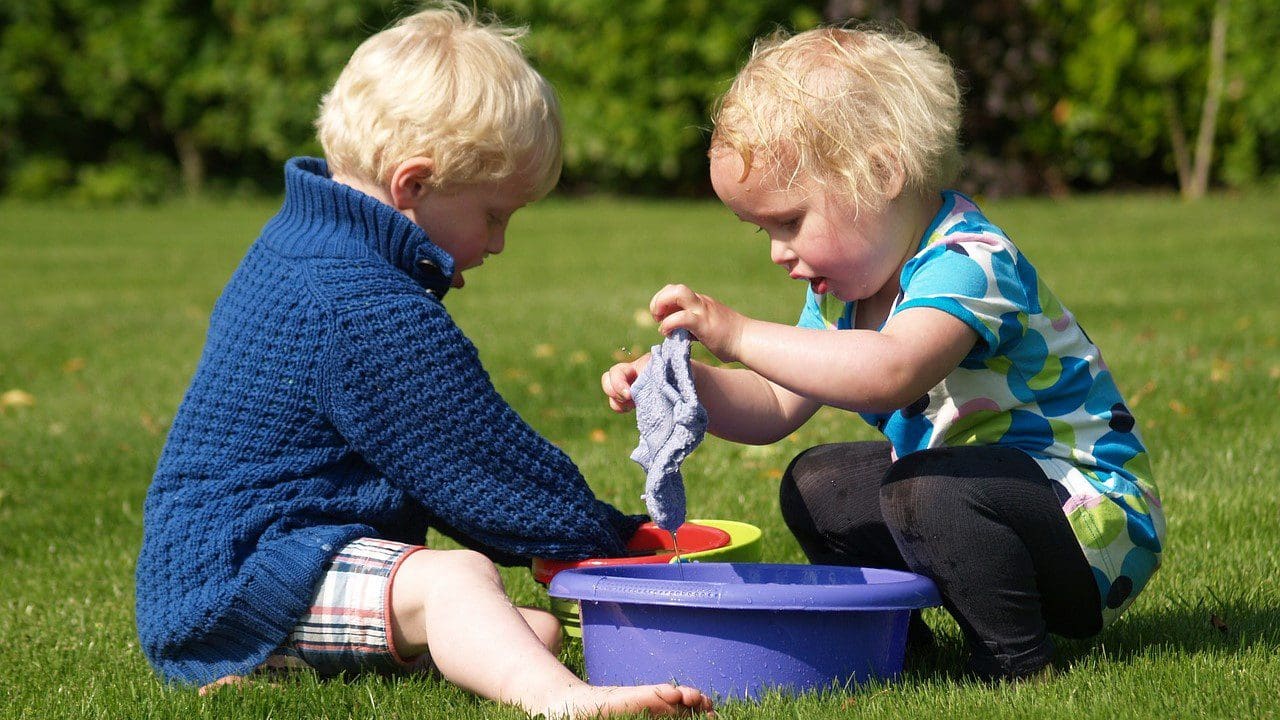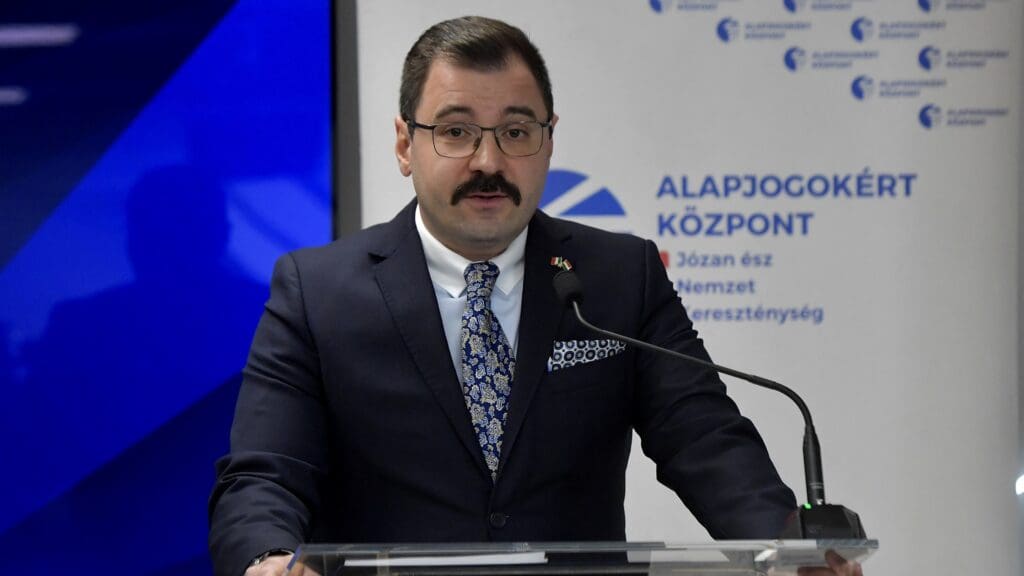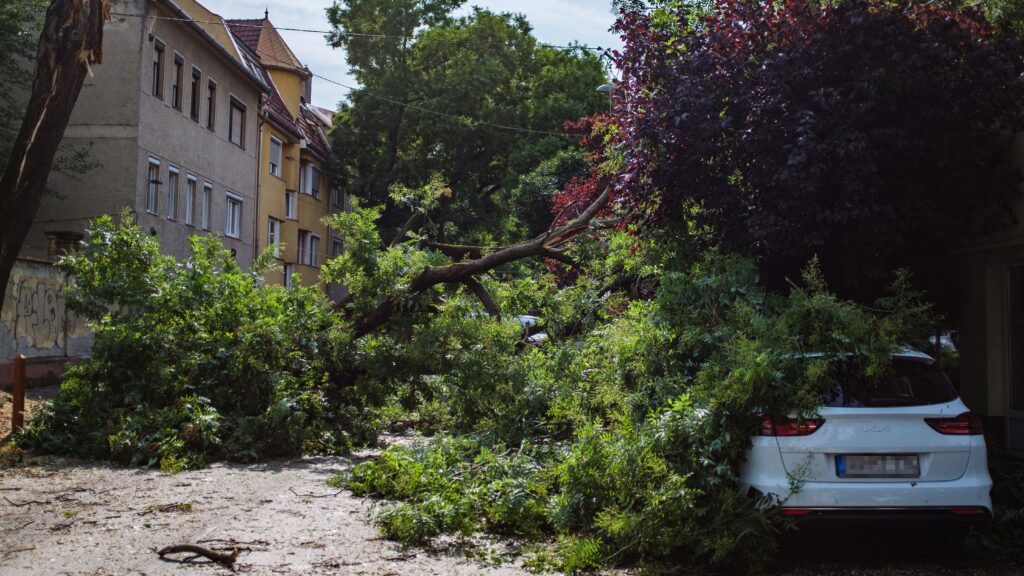The following is a translation of an article written by Piroska Szalai, labour market expert and a researcher at the Economy and Competitiveness Research Institute of the University of Public Service, originally published on Mandiner.hu.
In the EU, our country has seen the biggest reduction in child poverty, which has been noticed even by a Spanish intelligence firm.
‘The left loves the poor so much that it increases their number whenever it comes to power.’
– Indro Montanelli (1909–2001), Italian writer and journalist
Reducing poverty is a fundamental responsibility of every community—it is a task to be dealt with by all, from the smallest communities to international organizations and states. The first element of the UN’s Sustainable Development Goals (SDGs) is the eradication of poverty. The European Union has also set specific targets for poverty reduction in its Europe 2020 and Europe 2030 strategies.
The EU’s target to reduce the number of people at risk of poverty or social exclusion by 20 million compared to 2008 levels has not been met: only a reduction of 8 million 853 thousand has been achieved by the community of Member States for the reference year 2019. Member States had to make commitments in 2010 that only nine countries were able to meet. However, Hungary committed to an improvement of 450 thousand and eventually achieved a reduction by 1 million 93 thousand people, making us the fourth best achieving country after Poland, Romania, and Bulgaria. Apart from these four states, only Portugal, the Czech Republic, Latvia, Lithuania, and Slovenia met their targets.
Nine countries have seen an increase in the number of people at risk:
Spain, Germany, France, the Netherlands, Luxembourg, Denmark, Malta, Estonia, and Cyprus. The EU average already saw an increase in the number of people at risk in 2019, even before COVID–19, a trend that was most noticeable in the wealthy countries of Western Europe.
The EU2030 strategy has slightly changed the way it measures poverty, with the new strategy aiming to reduce the number of people at risk of poverty or social exclusion by at least 15 million by 2030 compared to 2019 (or the 2018 baseline), including at least five million children. In this regard, our country has committed to an improvement of 292,000 people. Our baseline of 1 million 923 thousand people has been reduced to 1 million 750 thousand by the reference year 2021, an improvement of 173 thousand. This already means 59 per cent, better than the target, the highest rate of achievement after Cyprus.
Children are also considered separately in the EU2030 strategy, so their situation needs to be measured separately. First, it should be made clear that
a child can never be poor on its own because all members of the household raising the child are equally affected.
While left-wing and liberal social policy treats children as separate individuals, it does not consider them as living in a family and thus seeks to alleviate child poverty by means of subsidies. In their view, the main tool for reducing child poverty is the family allowance. They oppose tax reliefs and utility allowances because they believe too much of those are given to the richest, as opposed of benefiting only the poorest. However, it is important to know that, under their thumb, their policies have resulted in two out of five children living in poverty in our country, with which we could only overtake Romania and Bulgaria, to be 25th in the ranking of Member States. Therefore, a large number of children have been pushed into poverty by the withdrawal of tax reliefs, high utility costs, foreign currency loans, low employment, high unemployment, and, above all, the unbearably bad situation of women in the labour market. In addition, the increase in the surplus poverty of those with children compared to those without was accompanied by a fall in fertility, as fewer and fewer people had children,
knowing that having children meant being poor, too.
Today, however, this has changed. By 2021, the number of children under the age of 16 at risk of poverty fell from over 600,000 in 2010 to 272,000, meaning that fewer than half of all children were at risk. In fact, the number of such children fell by 78,000 even during the pandemic period from the 2018 level, which is the baseline for the Europe 2030 strategy.
In 2010, 40.1 per cent of the population under 16 years of age lived at risk of poverty or social exclusion in Hungary according to the Europe 2020 methodology, and almost the same proportion did so in 2014, 40.3 per cent according to the Europe 2030 methodology. By 2018, this figure had fallen to 23.8 per cent, moving us up from 25th to 19th place in the ranking of Member States. By 2021, we had improved by a further 5.9 percentage points to 17.9 per cent, making us the tenth best performing country.
This is the biggest drop since 2014 and 2018, and the biggest progress made by a Member States.
Since 2014, the EU average has fallen by just 2.7 percentage points, and since 2018, it has unfortunately worsened by 2.1 percentage points. Since 2018, for example, the situation in Germany has worsened by 8.6 percentage points, France by 4.1, Slovakia by 3.5, and Romania by 2.9. Since 2014, child poverty has also increased in four countries, Finland by 0.6 percentage points, Luxembourg by one percentage point, Germany by 4.3 percentage points, and France by 5.4 percentage points.
The 22.4 percentage point reduction in child poverty between 2014 and 2021, which is also an EU record (the next largest improvement was 13.6 percentage points in Bulgaria!), is clearly due to employment growth, mostly to the growth of the employment of women with children. Most children have been able to escape the threat of poverty—along with the other members of the households with children—because the adults who raise them are working, and the family does not have to be maintained by social welfare but by earned income, which can always provide a higher standard of living than even the most well-targeted welfare. It also helped that we phased out the foreign currency loans that had hit children the hardest in 2015, that utility cost reductions have been in place since 2013, and that even after last year’s changes we still have the cheapest household energy prices in the EU. We have also had one of the highest increases in real incomes in the EU and the highest increases in tax credits and other benefits for employees with children. The current fall in real incomes has been recorded for only 11 months (from September 2022 to July 2023), one of the shortest time spans among Member States, which will thus amount to the smallest drop in Europe.
Overall, based on the Hungarian example of the past decade, we can conclude that
child poverty is reduced when family members raising children, including women, are employed
and their earnings are growing dynamically, and when employees raising children and, in many cases, their employers are both supported through tax and other benefits as well.
Click here to read the original article.








